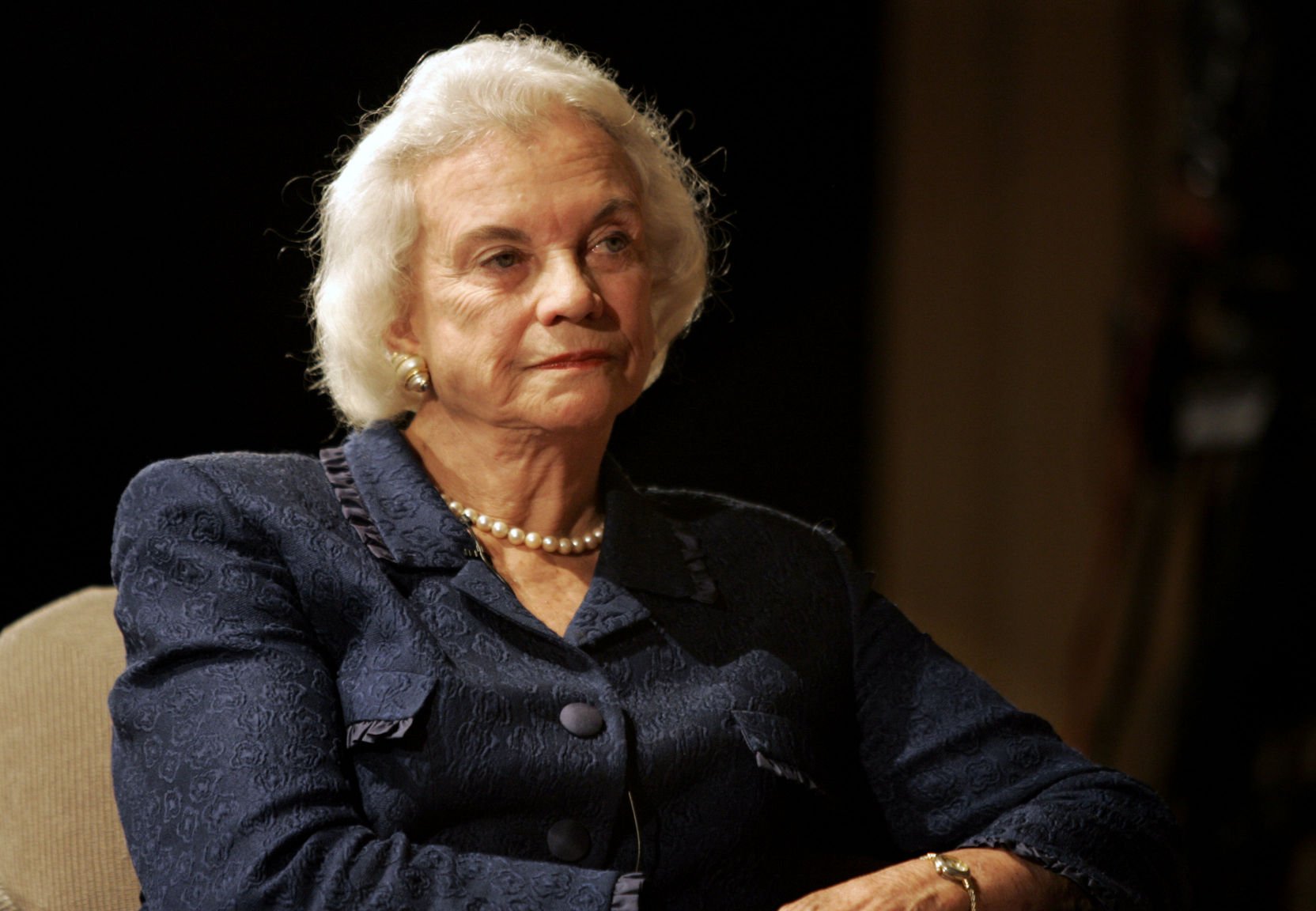

She was close to Senator Barry Goldwater, a former neighbor in Phoenix, and had served as an Arizona co-chairwoman of Richard Nixon’s re-election campaign in 1972. At a time when the Supreme Court’s behavior seems to embody and even to amplify the country’s polarization, it’s worth reflecting on the path she took during her quarter-century on the court.Ī former majority leader of the Arizona Senate, she had spent years in Republican politics. The history of her appointment is not the only reason to think today about Sandra O’Connor, who retired 15 years ago and is now, at 91, living with dementia. Kennedy and Lyndon Johnson was electrifying. For those of us who were old enough in 1981 to recognize the significance of the breakthrough, the sight of Justice O’Connor on a bench that included aging nominees of Presidents John F. The overflowing audience included President Ronald Reagan, whose nomination of a little-known judge on Arizona’s intermediate appellate court fulfilled a campaign promise - regarded by some as impetuous - to name the first woman to the court. Most people in the United States today were not yet born on that early fall afternoon when Sandra O’Connor took the oath of office and ended 191 years of an all-male Supreme Court. I use the word “wonder” because of how what once seemed remarkable is today a commonplace of the 12 justices to join the court in the ensuing decades, four have been women, including three of the last five. 25, 1981, Sandra Day O’Connor took her seat on the Supreme Court. An additional, less noted anniversary is an occasion not for sorrow but for wonder. 11, of course, and the anniversary last Saturday of the death of Justice Ruth Bader Ginsburg. JIs awarded the Presidential Medal of Freedom by President Barack Obama.įebruReleases the book "Out Of Order," which is based on the Supreme Court and its history.This has been a month of sad remembrances - the 20th anniversary of Sept. It allows students to investigate and argue actual cases and to participate in realistic government simulations.
#When did sandra day o connor died free
GoreĢ008 - Develops the website, OurCourts which later becomes iCivics, a free program for students to learn about the US court system. Kennedy are the only justices who do not attach their names to either a concurring or dissenting opinion in the case. Bush becoming president of the United States. Carhartĭecember 2000 - Votes in the majority to end the recount in Florida which leads to George W.

of EdĢ000 - Votes with the majority in a 5-4 decision that strikes down state laws banning the medical procedure that critics call "partial-birth" abortion. Renoġ999 - Writes the majority ruling opinion in the 5-4 sexual harassment ruling that public school districts that receive federal funds can be held liable when they are "deliberately indifferent" to the harassment of one student by another. OctoHas surgery for breast cancer after being diagnosed earlier in the year.ġ996 - Writes the majority opinion in a 5-4 decision to restrict affirmative action policies and voting districts that are created to boost political power of minorities. SeptemSworn in as the first female Supreme Court justice of the United States.ġ982 - Writes an opinion invalidating a women-only enrollment policy at a Mississippi State nursing school because it "tends to perpetuate the stereotyped view of nursing as an exclusively women's job." Mississippi University for Women, et al., v. She is the first woman to hold this office in any state.ġ975-1979 - Superior Court judge of Maricopa County.ġ979-1981 - Judge of the Arizona Court of Appeals.ĪugFormally nominated to the Supreme Court by President Ronald Reagan, to fill the seat of retiring Justice Potter Stewart. Timeline: 1952-1953 - County deputy attorney in San Mateo, California.ġ955-1957- Works as a civilian lawyer for the Quartermaster Corps in Germany, while her husband serves with the Army's Judge Advocate General Corps.ġ959 - Opens a law firm in Maryvale, Arizona.ġ965-1969 - Assistant Attorney General of Arizona.ġ969 - Appointed to fill a vacant seat in the Arizona Senate.ġ972 - Re-elected to the Arizona Senate and elected majority leader. In retirement, O'Connor has campaigned around the United States to abolish elections for judges, believing that a merit system leads to a more qualified and untainted judiciary. At her confirmation hearings, she said, "Judges are not only not authorized to engage in executive or legislative functions, they are also ill-equipped to do so." Other Facts: In law school, was on the Stanford Law Review and third in her class.Ī proponent of judicial restraint. in Economics (magna cum laude), 1950 Stanford Law School, LL.B, 1952 Marriage: John Jay O'Connor III (1952-2009, his death)Įducation: Stanford University, B.A.


 0 kommentar(er)
0 kommentar(er)
